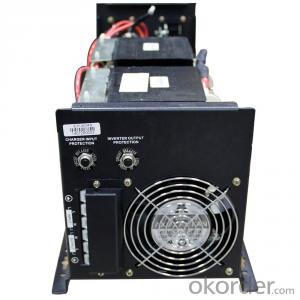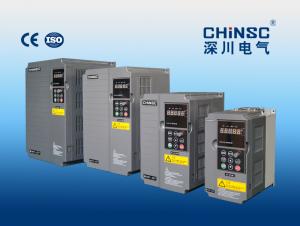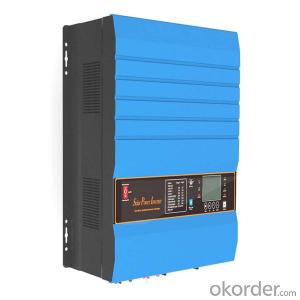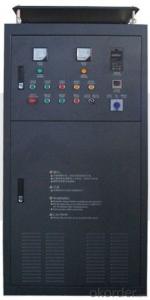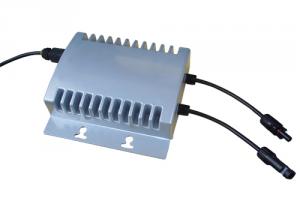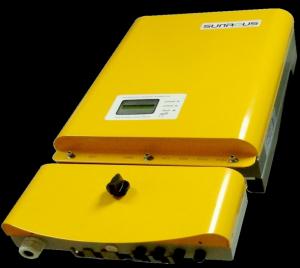Klne Inverter
Klne Inverter Related Searches
Best Solar Inverter For Home Home Power Inverter For Solar Best Inverter For Solar Pv Best Inverter For Solar Mini Solar Inverter For Home Solar Panel Inverter For Rv Inverter For 5kw Solar System Inverter For Solar Power Plant Inverter For Home Solar Solar Power Inverter For RvHot Searches
Solar Inverter Wifi Connection Solar Inverter Wifi Connection Type Of Inverter For Solar Types Of Inverter For Solar Used Solar Inverter For Sale Inverter Size For Solar System Solar Edge Inverter For Sale 5kw Solar Inverter For Sale Solar Inverter For Sale Solar Inverter For Battery Solar Inverter For Split Ac Solar Inverter For Laptop Solar Inverter For Fridge Solar With Inverter Price Solar Inverter With 2 Battery Solar Inverter Price In China Best Solar Inverter In China Solar Inverter Price In Dubai Solar Inverter Price In Uae Solar Inverter Price In KenyaKlne Inverter Supplier & Manufacturer from China
Okorder.com is a professional Klne Inverter supplier & manufacturer, offers integrated one-stop services including real-time quoting and online cargo tracking. We are funded by CNBM Group, a Fortune 500 enterprise and the largest Klne Inverter firm in China.Hot Products
FAQ
- The maximum efficiency at partial load for a solar inverter refers to the highest level of efficiency that can be achieved when the inverter is operating at less than its full capacity. This efficiency is typically lower than the maximum efficiency at full load, as the inverter may not be able to convert the same amount of energy with the same level of efficiency when it is not running at its maximum capacity.
- A solar inverter handles voltage fluctuations during grid disturbances by constantly monitoring the grid voltage. When it detects a fluctuation or disturbance, it adjusts its own output voltage accordingly to stabilize the power supply. This is done through advanced control algorithms that regulate the inverter's power conversion process, ensuring a stable and consistent voltage output despite grid instabilities.
- A solar inverter synchronizes with the grid frequency by continuously monitoring the frequency of the electrical power supplied by the grid. It adjusts its own output frequency to match the grid frequency using a built-in control mechanism. This synchronization ensures that the solar inverter's power is in phase with the grid power, allowing it to smoothly inject electricity into the grid without causing disruptions or power quality issues.
- The role of a maximum power point tracker (MPPT) in a solar inverter is to optimize the energy harvesting efficiency of the solar panels. It continuously monitors the output voltage and current of the panels and adjusts the operating point to ensure maximum power extraction from the panels. By tracking the maximum power point, the MPPT allows the solar inverter to generate the highest possible energy output from the available sunlight, thus maximizing the overall system performance.
- Yes, a solar inverter can be used in mobile applications. There are specifically designed solar inverters available that are compact and portable, making them suitable for use in mobile applications such as RVs, boats, and other vehicles. These inverters can convert the DC power generated by solar panels into AC power to run various devices and appliances on the go.
- The role of galvanic isolation in a solar inverter is to provide electrical safety and protect sensitive electronic components. It prevents the flow of direct current (DC) and alternating current (AC) between the solar panels, the inverter, and the connected electrical system. This isolation helps to eliminate the risk of electrical shocks, voltage surges, and ground faults, ensuring the safe and efficient operation of the solar inverter.
- A solar inverter handles voltage fluctuations from the battery bank by utilizing its built-in voltage regulation and control mechanisms. When the battery bank's voltage fluctuates, the solar inverter adjusts its output voltage accordingly to maintain a stable and consistent power supply. This ensures that the electricity generated from the solar panels is converted efficiently and effectively, regardless of any voltage variations from the battery bank.
- Yes, a solar inverter can be used for both residential and commercial applications. Solar inverters are designed to convert the DC electricity generated by solar panels into AC electricity that can be used to power homes or businesses. They can be scaled to accommodate the specific energy needs of residential or commercial properties, making them suitable for various applications.

















